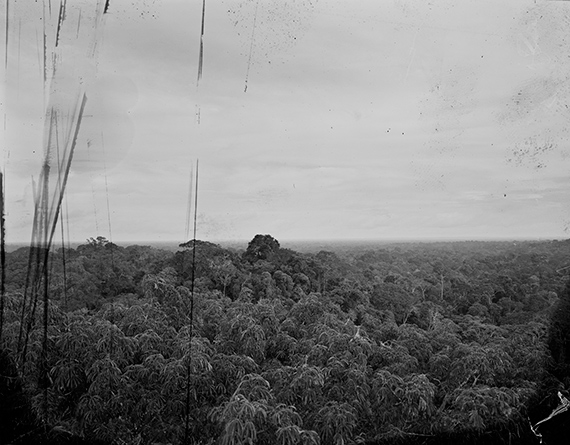
© Guido Baselgia
Guido Baselgia »
As If the World Were There to Be Measured
Als ob die Welt zu vermessen wäre
Exhibition: 19 Oct 2019 – 16 Feb 2020

Fotostiftung Schweiz
Grüzenstr. 45
8400 Winterthur
+41 52 -234 10 30
info@fotostiftung.ch
www.fotostiftung.ch
Tue-Sun 11-18, Wed 11-20
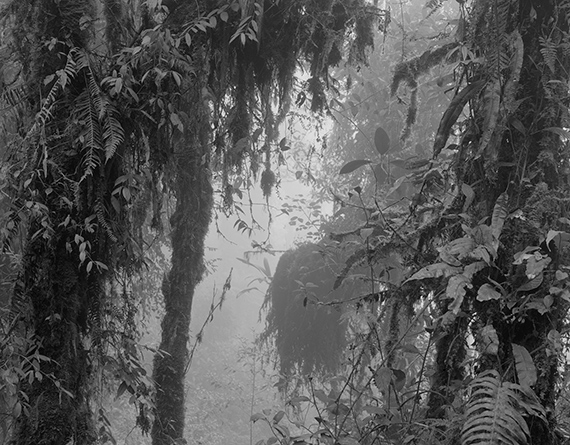
© Guido Baselgia
Guido Baselgia
"As If the World Were There to Be Measured"
Exhibition: 19 October 2019 – 16 February 2020
Opening: Friday, 18 October, 6pm
Known for his photographs of landscapes of stone and ice – extremely dense black and white compositions on the verge of abstraction – Guido Baselgia ventures in a surprising new direction with his latest cycle of works. The specialist for austerity and emptiness has made the transition to abundance: his photographs of the tropical rainforest in the Amazon Basin explore the representability of a habitat that is so pervasive in the collec-tive visual consciousness, a landscape at the crossroads of geopolitical controversies due to its acute endangerment. The exhibition at the Fotostiftung Schweiz is showing Guido Baselgia’s photographs from eastern Ecuador for the very first time.
The new work opens up another chapter in the series of Baselgia’s work cycles. Seen in sequence, his projects of the past twenty years almost read like a creation myth: images of lifeless wasteland are followed by the stars above, then by vegetation and humankind. The photographer pursues elementary questions and crosses the paths of famous explorers on his travels, but his pictures testify to a very nuanced view. The world no longer needs to be mapped, there are no more white spots, today we have become critical of the utilitarian and colonialist gesture inherent in measuring the world. Looking at photographs from remote parts of the world now prompts us to reflect on the conditions of our reception.
Baselgia approaches the jungle by perceiving it as a multitude of small worlds. The photographs from the cloud forest overgrown with lichens, ferns and orchids suggest an external point of view: draped against a white curtain of condensed humidity, the plants appear as fragile silhouettes. But even in the thick of the tropics, he succeeds in photographically isolating shapes: sweeping vines, tangled branches and monumental trunks. This series of almost sculptural plant details reminiscent of Karl Bloss-feldt’s work is complemented by views that refuse to give a foothold to the observing eye. It becomes lost in the depth of a restless clutter of leaves. A horizon only opens out in the images of the Aguas Negras region, where isolated plants protrude from the still, black water and, through their symmetrical reflection, accentuate the line that divides the image area into two equal halves.
In addition to Baselgia’s photographs of forest spaces and plants, which in a sense can be seen as a continuation of his landscape photography, the exhibition is rounded out by distinct still lifes and portraits that highlight the importance of the forest as a habitat. Today, the Waorani and Secoya indigenous peoples live in a state of tension between their traditional lifestyles in harmony with nature and adaptation to the changes brought about by the encroachment of oil companies. The progressive exploitation of the rainforest is increasingly depriving them of their homelands and livelihoods. In full awareness of the problematic tradition of ethnographic photography, Baselgia strives for a very respectful representation of the people he meets and who agree to support him in his project. He captures their serious gazes and pays tribute to the individuality of the people he portrays.
For the still lifes, Baselgia on the one hand arranges fruits of the forest, hunted animals or their remains, and on the other hand utensils of traditional village life. Enlarged as diapositives and presented in glassine covers, the objects resemble archival finds. The archaeological character of the still lifes is also echoed in another group of pictures: reproductions of selected pages of the book Anfänge der Kunst im Urwald ("Beginnings of Art in the Jungle"), published by the Ger-man anthropologist Theodor Koch-Grünberg in 1905. Viewing the unprinted backs of the plates under grazing light reveals fine reliefs of line patterns and ornaments. With this citation, Basel-gia reflects on the history of the exploration of the Amazon Basin and critically examines the possibilities of its representation in media.
Not least due to the escalation of the situation in Brazil over the past few months, Baselgia’s latest work cycle is a highly topical project. Although this is no photo reportage claiming to represent a reality, to report on the extinction of species and the displacement of indigenous people from the forest, and although there is no raised finger lamenting climate change – or perhaps precisely for this reason – Baselgia’s interpretation of this unique habitat is especially moving.
The exhibition and publication were supported by: Vontobel Foundation, Friends of the Fotostiftung Schweiz, Landis & Gyr Foundation, Ernst Göhner Foundation, Canton of Zug, Canton of Graubünden, Ernst and Olga Gubler-Hablützel Foundation, Ars Rhenia, Municipality of Baar, Graubündner Kantonalbank.
The Fotostiftung Schweiz receives regular financial support from the Swiss Federal Office for Culture, the cantons of Zurich, Thurgau, and Ticino, and the city of Winterthur.
Publication
Accompanying the exhibition is the book by the artist:
Guido Baselgia, Als ob die Welt zu vermessen wäre
("As If the World Were There to Be Measured")
Edited by Fotostiftung Schweiz
Edizioni Periferia, 2019
Special events
Sunday, 20 October, 11:30 a.m. Tour and dialogue with the artist
Guido Baselgia in conversation with Teresa Gruber
Sunday, 1 December, 11:30 a.m. Tour and dialogue
Teresa Gruber in conversation with Dr Michael Kessler, scientific director of the Botanical Garden of the University of Zurich, specialised in tropical biodiversity and tree line research
Sunday, 19 January, 11:30 a.m. Tour and dialogue with the artist
Guido Baselgia in conversation with Teresa Gruber
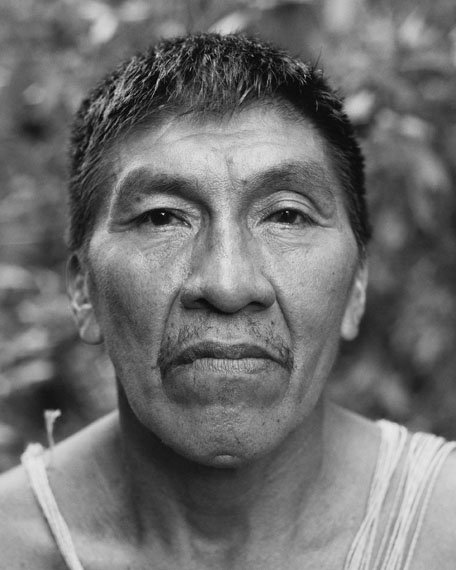
© Guido Baselgia
Guido Baselgia
"Als ob die Welt zu vermessen wäre"
Ausstellung: 19. Oktober 2019 bis 16. Februar 2020
Eröffnung: Freitag, 18. Oktober, 18 Uhr
Bekannt für seine Aufnahmen von Landschaften aus Stein und Eis – höchst konzentrierte schwarz-weisse Kompositionen am Rande der Abstraktion – überrascht Guido Baselgia mit seinem neusten Werkzyklus. Der Spezialist für Kargheit und Leere findet einen Weg in die Überfülle: Er fotografiert den tropischen Regenwald im Amazonasbecken, befasst sich mit der Darstellbarkeit eines Lebensraums, der allgegenwärtig ist im kollektiven Bildgedächtnis und heute aufgrund seiner akuten Bedrohung zudem im Schlaglicht geopolitischer Auseinandersetzungen steht. Die Ausstellung in der Fotostiftung Schweiz zeigt erstmals Guido Baselgias Fotografien aus dem Osten Ecuadors.
Die neue Arbeit schlägt ein weiteres Kapitel in der Reihe von Baselgias Werkzyklen auf. In ihrer Abfolge lesen sich die Projekte der vergangenen zwanzig Jahre fast wie eine Schöpfungsgeschichte: Auf Bilder lebloser Einöde folgen die Gestirne, dann die Vegetation und der Mensch. Der Fotograf geht elementaren Fragen nach und kreuzt dabei auf seinen Reisen die Fährten berühmter Entdecker, doch seine Bilder zeugen von einem sehr differenzierten Blick. Die Welt ist nicht mehr zu vermessen, es gibt keine weissen Flecken mehr auf der Landkarte, einem utilitaristisch und kolonial geprägten Gestus der Weltvermessung stehen wir heute skeptisch gegenüber. Das Betrachten von Fotografien aus entlegenen Weltgegenden bringt uns vor allem dazu, über die Bedingungen unserer Rezeption nachzudenken.
Baselgia nähert sich dem Urwald, indem er ihn als eine Vielzahl kleiner Welten wahrnimmt. So suggerieren die Fotografien aus dem mit Flechten, Farnen und Orchideen überwucherten Nebelwald einen Blick von aussen: Vor dem weissen Vorhang aus kondensierter Luftfeuchtigkeit zeichnen sich die Gewächse wie fragile Scherenschnitte ab. Doch auch im tropischen Dickicht gelingt es Baselgia, fotografisch Formen zu isolieren: Geschwungene Lianen, gezwirbelte Äste und monumentale Stämme. Diese Reihe von skulptural anmutenden, an Karl Blossfeldts Arbeit erinnernde Pflanzendetails wird ergänzt durch Ansichten, die dem betrachtenden Auge jeden Halt verweigern. Es verliert sich in der Tiefe eines unruhigen Gewirrs aus Blättern. Ein Horizont öffnet sich erst in den Darstellungen des Gebiets Aguas Negras, wo vereinzelte Gewächse aus dem stillstehenden Schwarzwasser herausragen und durch ihre symmetrische Spiegelung jene Linie betonen, die die Bildfläche in zwei gleich grosse Hälften teilt.
Die Aufnahmen von Waldräumen und Pflanzen, die in gewisser Weise seine Landschaftsfotografie fortsetzen, ergänzt Baselgia durch Stillleben und Porträts, um der Bedeutung des Waldes als Lebensraum gerecht zu werden. Die indigenen Völker der Waorani und Secoya leben heute im Spannungsverhältnis zwischen ihren traditionellen, der Natur verbundenen Lebensweisen und der Anpassung an die Veränderungen, die das Vordringen der Ölfirmen mit sich bringt. Mit der fortschreitenden Ausbeutung des Regenwalds verlieren sie ihre Heimat und ihre Lebensgrundlage. Im Bewusstsein einer problematischen Tradition ethnografischer Fotografie bemüht sich Baselgia um eine sehr respektvolle Darstellung der Menschen, denen er begegnet und die sich bereit erklären, ihn bei seinem Projekt zu unterstützen. Er hält ihre ernsten Blicke fest und würdigt dabei die Individualität der Porträtierten.
Für die Stillleben arrangiert Baselgia einerseits Früchte des Waldes, erlegte Tiere oder was von ihnen übrigblieb, und andererseits Utensilien des traditionellen Dorfalltags. Als Diapositive vergrössert und in Pergaminhüllen präsentiert, gleichen die Objekte archivierten Fundstücken. Den archäologischen Charakter der Stillleben greift eine weitere Bildgruppe auf: Reproduktionen von ausgewählten Seiten des Buchs Anfänge der Kunst im Urwald, das der deutsche Anthropologe Theodor Koch-Grünberg 1905 veröffentlichte. Im Streiflicht wird auf den unbedruckten Rückseiten der Bildtafeln der Hochdruck der Strichfiguren und Ornamente als feines Relief sichtbar. Baselgia reflektiert mit diesem Zitat die Geschichte der Erforschung des Amazonasbeckens und hinterfragt die Möglichkeiten medialer Vermittlung.
Nicht zuletzt die Zuspitzung der Situation in Brasilien während der vergangenen Monate macht Baselgias neuesten Werkzylus zu einem hochaktuellen Projekt. Obwohl hier keine Bildreportage geliefert wird, die den Anspruch hat, eine Realität darzustellen, über das Artensterben und die Vertreibung der Bewohner des Waldes zu berichten, obwohl hier kein erhobener Zeigefinger vor dem Klimawandel warnt – oder gerade deshalb –, berührt Baselgias Interpretation dieses einzigartigen Lebensraums.
Ausstellung und Publikation wurden unterstützt von: Vontobel Stiftung, Freunde der Fotostiftung Schweiz, Landis & Gyr Stiftung, Ernst Göhner Stiftung, Kanton Zug, Kanton Graubünden, Ernst und Olga Gubler-Hablützel Stiftung, Ars Rhenia, Einwohnergemeinde Baar, Graubündner Kantonalbank.
Die Fotostiftung Schweiz wird regelmässig unterstützt vom Bundesamt für Kultur, von den Kantonen Zürich, Thurgau und Tessin sowie der Stadt Winterthur.
Publikation
Begleitend zur Ausstellung erscheint das Künstlerbuch:
Guido Baselgia, Als ob die Welt zu vermessen wäre
Herausgegeben von der Fotostiftung Schweiz
Edizioni Periferia, 2019
Sonderveranstaltungen
Sonntag, 20. Oktober, 11.30 Uhr Dialogische Künstlerführung
Guido Baselgia im Gespräch mit Teresa Gruber
Sonntag, 1. Dezember, 11.30 Uhr Dialogische Führung
Teresa Gruber im Gespräch mit Dr. Michael Kessler, wissenschaftlicher Leiter des Botanischen Gartens der Universität Zürich und spezialisiert auf tropische Biodiversität und Waldgrenzforschung
Sonntag, 19. Januar, 11.30 Uhr Dialogische Künstlerführung
Guido Baselgia im Gespräch mit Teresa Gruber
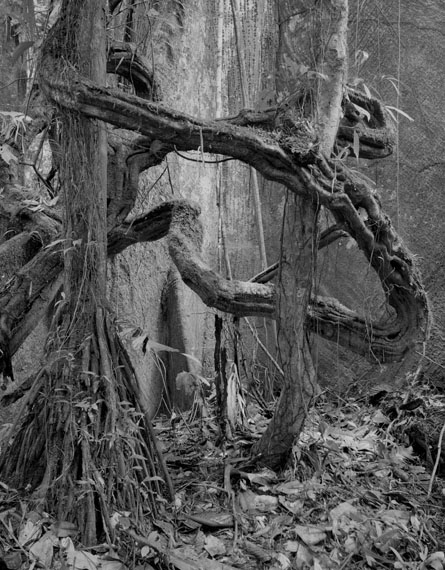
© Guido Baselgia
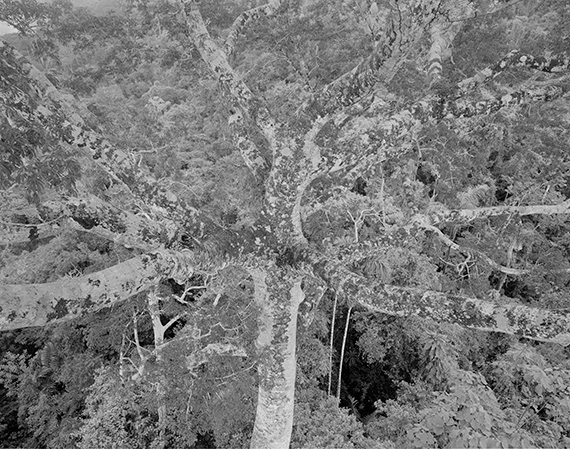
© Guido Baselgia
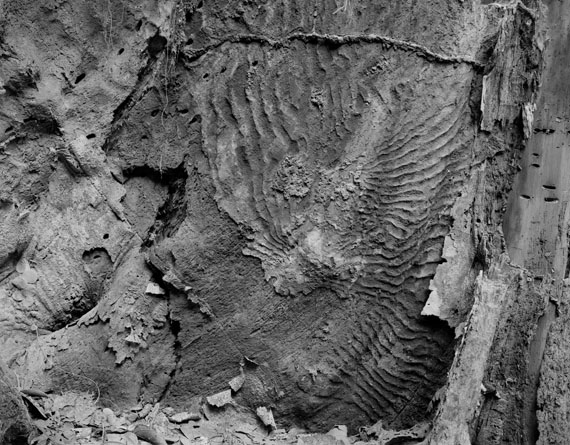
© Guido Baselgia